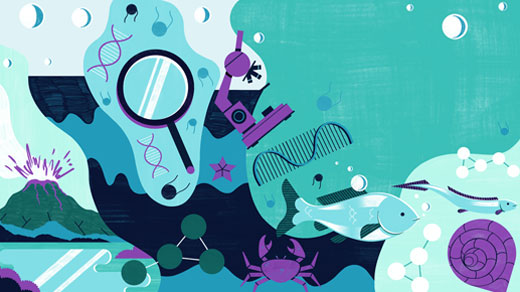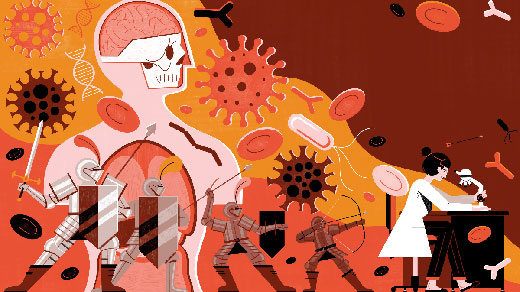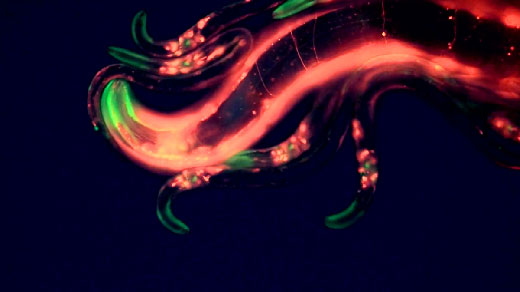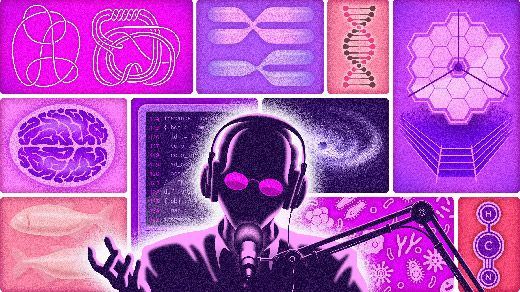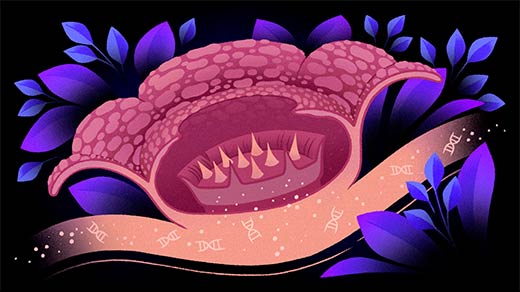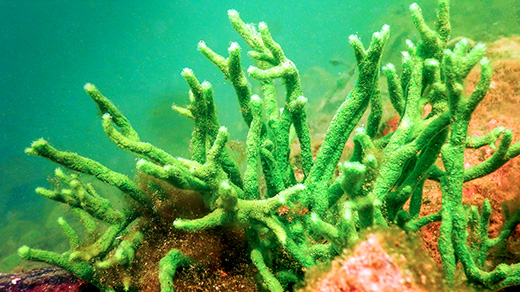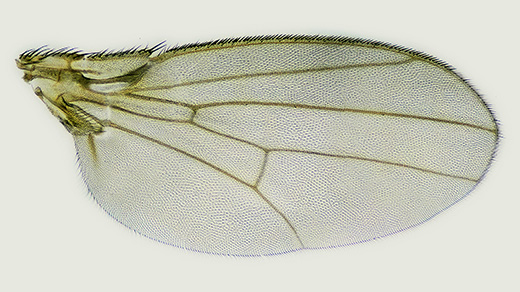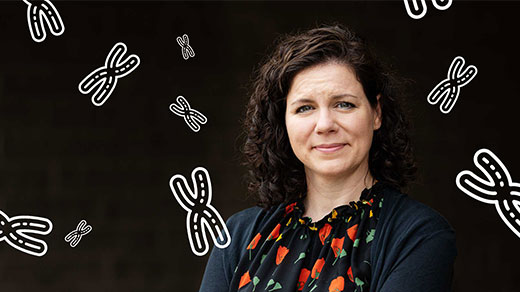What's up in
Genes
Latest Articles
How Could Life Evolve From Cyanide?
How did life arise on Earth? Steven Strogatz speaks with the Nobel Prize-winning biologist Jack Szostak and Betül Kaçar, a paleogeneticist and astrobiologist, to explore our best understanding of how we all got here.
Why Is Inflammation a Dangerous Necessity?
The immune system protects us from a full spectrum of pathogens, but without balance, it can end up hurting us over time, too. The immunologist Shruti Naik explains how our defenses can turn on us.
In Sexy Worms, Inheritance Beyond Genes Can Help Evolution
Traits from RNA molecules passed between multiple generations of worms can work with genetic changes to influence future evolution.
Deep Curiosity Inspires The Joy of Why Podcast
The noted mathematician and author Steven Strogatz explains how the conversations with experts in his new Quanta Magazine podcast address his lifelong fascination with timeless mysteries.
Flying Fish and Aquarium Pets Yield Secrets of Evolution
New studies reveal the ancient, shared genetic “grammar” underpinning the diverse evolution of fish fins and tetrapod limbs.
The Year in Biology
The detailed understanding of brains and multicellular bodies reached new heights this year, while the genomes of the COVID-19 virus and various organisms yielded more surprises.
Sponge Genes Hint at the Origins of Neurons and Other Cells
A new study of gene expression in sponges reveals the complex diversity of their cells as well as some possibly ancient connections between the nervous, immune and digestive systems.
Mathematical Analysis of Fruit Fly Wings Hints at Evolution’s Limits
A painstaking study of wing morphology shows both the striking uniformity of individuals in a species and a subtle pattern of linked variations that evolution can exploit.
Karen Miga Fills In the Missing Pieces of Our Genome
Driven by her fascination with highly repetitive, hard-to-read parts of our DNA, Karen Miga led a coalition of researchers to finish sequencing the human genome after almost two decades.
